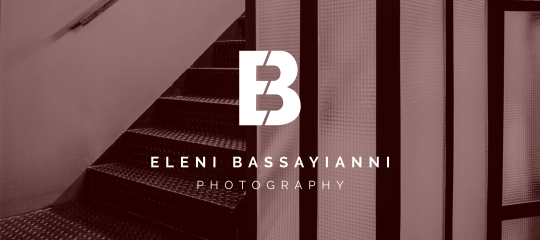Vlatadon Monastery
Vlatadon Monastery is at Ano Poli area.
Location
Timeline
Modern and Contemporary era (1912 - )
1969 The surrounding buildings were constructed.
1980 Restoration works began due to damage from the 1978 earthquake. It lasted a year and frescoes were uncovered.
Ottoman era (1453- 1912)
1910 It was repaired in imitation of the original Byzantine central church.
Byzantine era (331 AC- 1453)
1351 The monastery was founded between 1351 and 1371.
1360 The frescoes date to 1360-1380.





Share